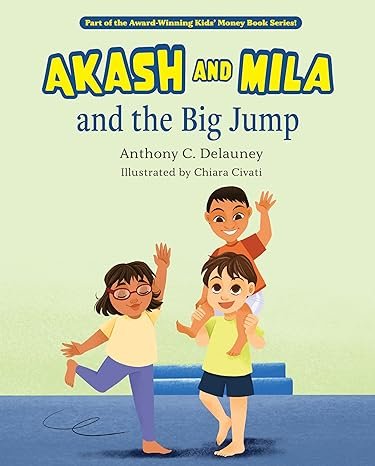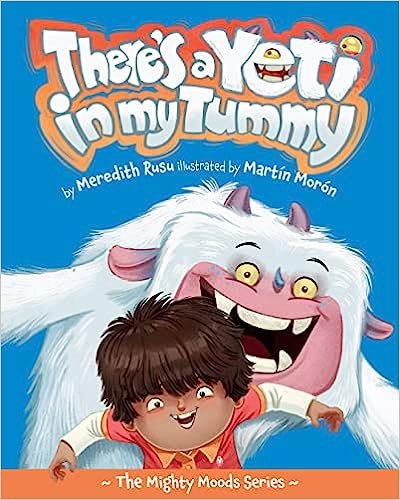4 Tips To Get Free Books Online
/Reading books is a fun and engaging activity that allows you to gain new insights, expand your perspective, and generally become well-versed on certain subjects. Apart from this, reading can contribute to your creative thinking ability, which supports your problem-solving skills. Moreover, research claims that reading increases brain power, boosts memory, and mental sharpness.
Tips To Feed Your Reading Addiction For Free
With all the mentioned benefits, no wonder why there are a lot of people who prefer to consume content through books. However, as you become an avid reader, you might wonder how you can collect more materials without having to stretch out from your budget. Eventually, you’ll have to come up with a few, creative ways to satisfy your desire for books.
Are you ready to dive in and find out how you can get free books online? Below are tips you should take note of.
Check Out Free Book Websites
Here’s a not-so-secret tip — there are certain pages online that allow you to freely and legally download electronic books (eBooks). While not every book will be available on these sites, at least you can enjoy an array of literature genres in the comfort of your space.
You can check out Free Ebooks from Obooko and other similar digital places for a unique collection of novels, classics, short stories, factual, and more. Thanks to technology and these certain websites, reading has become an inexpensive hobby. These resources will surely help feed your reading addiction.
You can freely download your preferred reads and take them with you whenever you’re alone or while traveling afar. Books are almost always the best company and can even make the journey far less intimidating.
2. Swap Books Online
Another tip to get free reads is to exchange your eBooks with your friends and family. What’s great with this is that you necessarily don’t have to go out to swap with them. It’s also a convenient way to make your reading material diverse and interesting.
Likewise, this allows your loved ones to finally read the book you’ve been talking about for weeks. They’ll surely be able to understand your sentiments and share another viewpoint once they’re done. You can even organize a book swapping group online to make it more fun and interactive.
Furthermore, check in with your online community as there might be book swapping activities in which you can join. There are even region-specific sites that encourage readers to pass books physically, especially if you prefer to meet up with the person you’re trading books with.
Apart from eBooks, audiobooks have also risen in fame because it allows people to consume content on the go. Swapping audiobooks allows you to dive into the plot while you’re cooking, riding on the bus, waiting for the train, and doing other mundane activities. If you’re short on time, this can be a perfect solution to continue following your protagonist’s story.
With all these, consider exchanging books online. However, make sure to record the books you’ve borrowed and sent out. Also, a book trading etiquette is to return books in the same condition. Otherwise, your friends and family might want to opt-out from swapping reads again.
3. Help Out In Exchange For Free Books
Skim through your community page and see whether or not there are recent posts of people who need online assistance. Alternatively, if you know someone in the neighborhood who needs help in sorting their digital files, offer support in exchange for free books.
If you did great, they might even give you another free reading material in exchange for your excellent service. All these new books can surely help improve your writing skills, especially if you’re currently finishing an essay for school.
4. Be On The Lookout For Online Giveaways
Giveaways always occur everywhere in the online world. For instance, the representatives and leaders of your online book club might host giveaways as a way to pay forward.
Additionally, if your favorite author releases a new book, make sure to keep an eye out for their posts. At times, authors give away their books to a few people as a way of promoting their work and attracting attention from the public.
Online bookstores might launch giveaways to drive traffic to their sites. Considering all these options, make sure to be alert and sign up for certain newsletters that’ll notify you every time a giveaway is ongoing. You can also follow certain hashtags online that help you discover live book events and giveaways.
Takeaway
Knowledge is power and is something no one can take away from you. If you’re planning to make reading a habit, you don’t have to struggle and find money to splurge on books. By following the tips and suggestions above, you can enjoy a plethora of free reading treasures online.




















